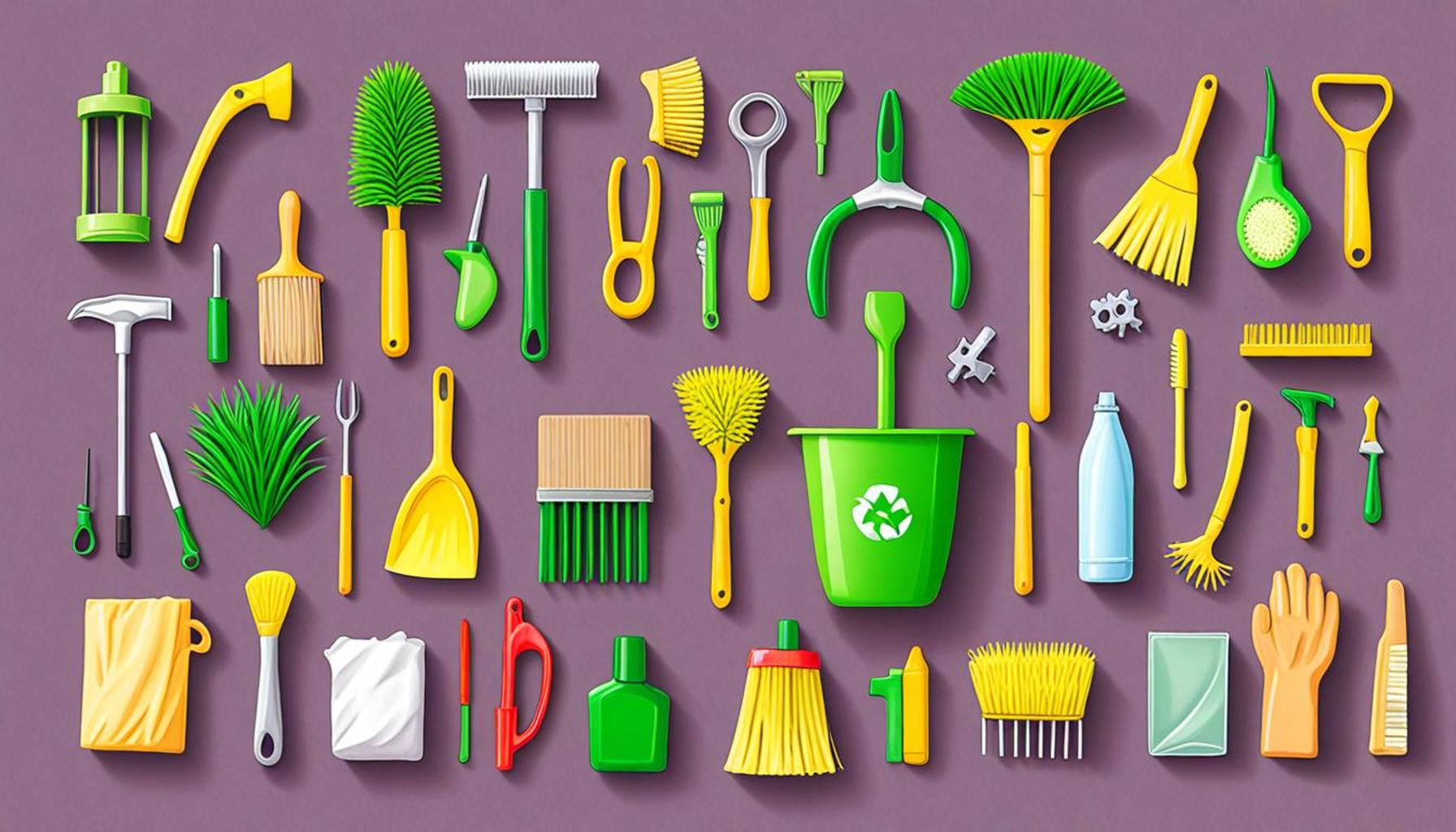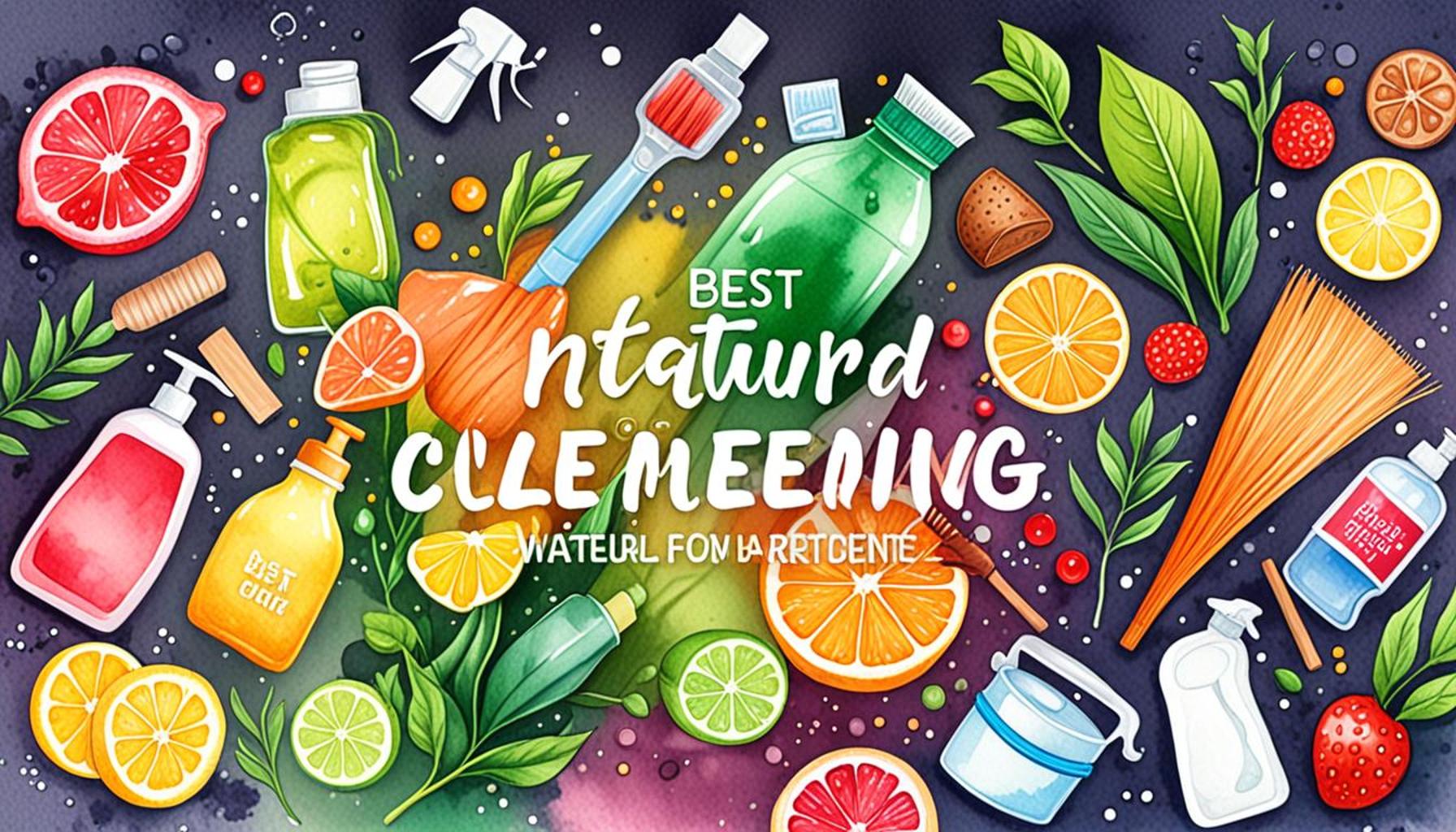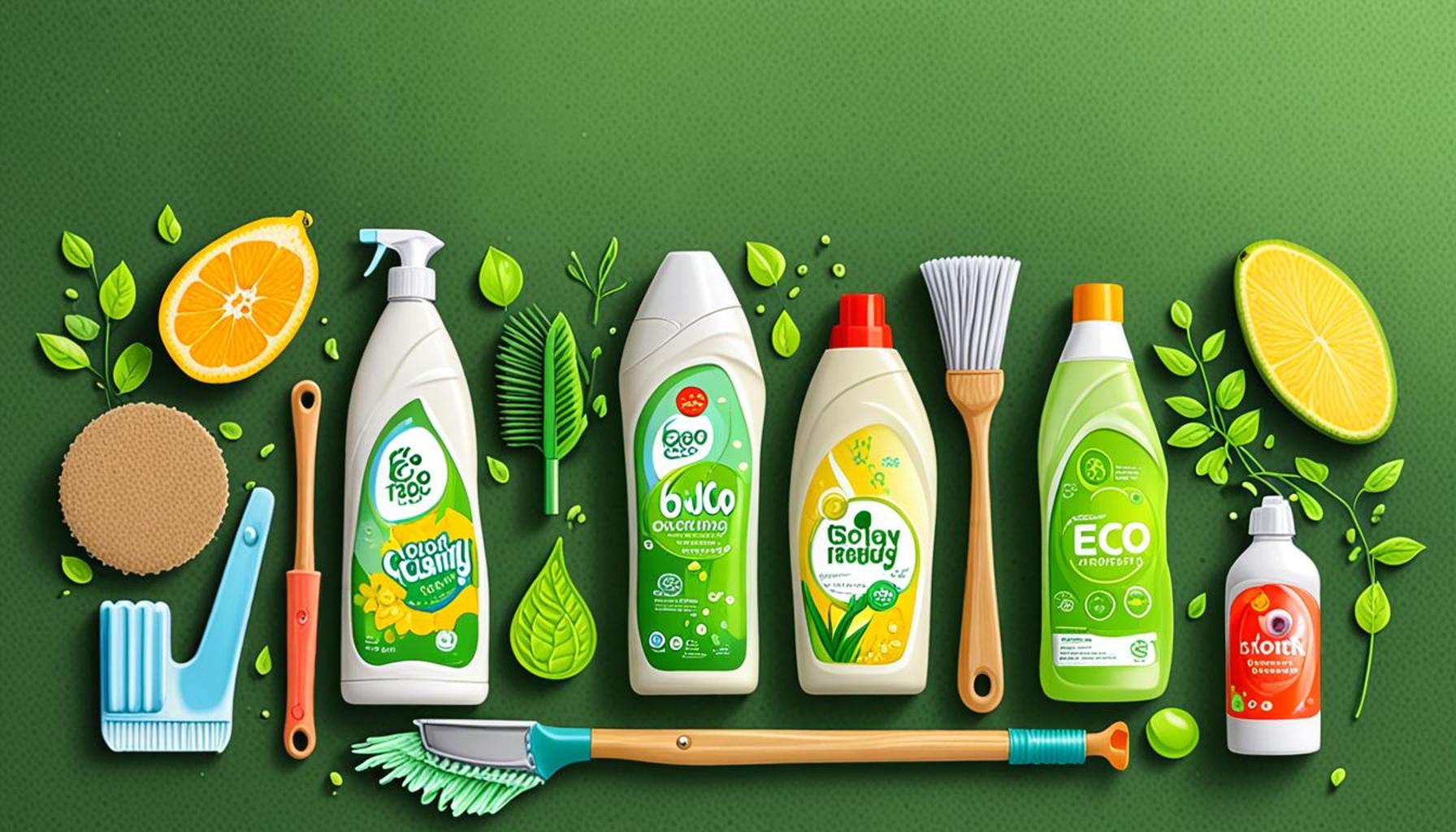Eco-Friendly Swaps Sustainable Alternatives to Plastic Cleaning Tools
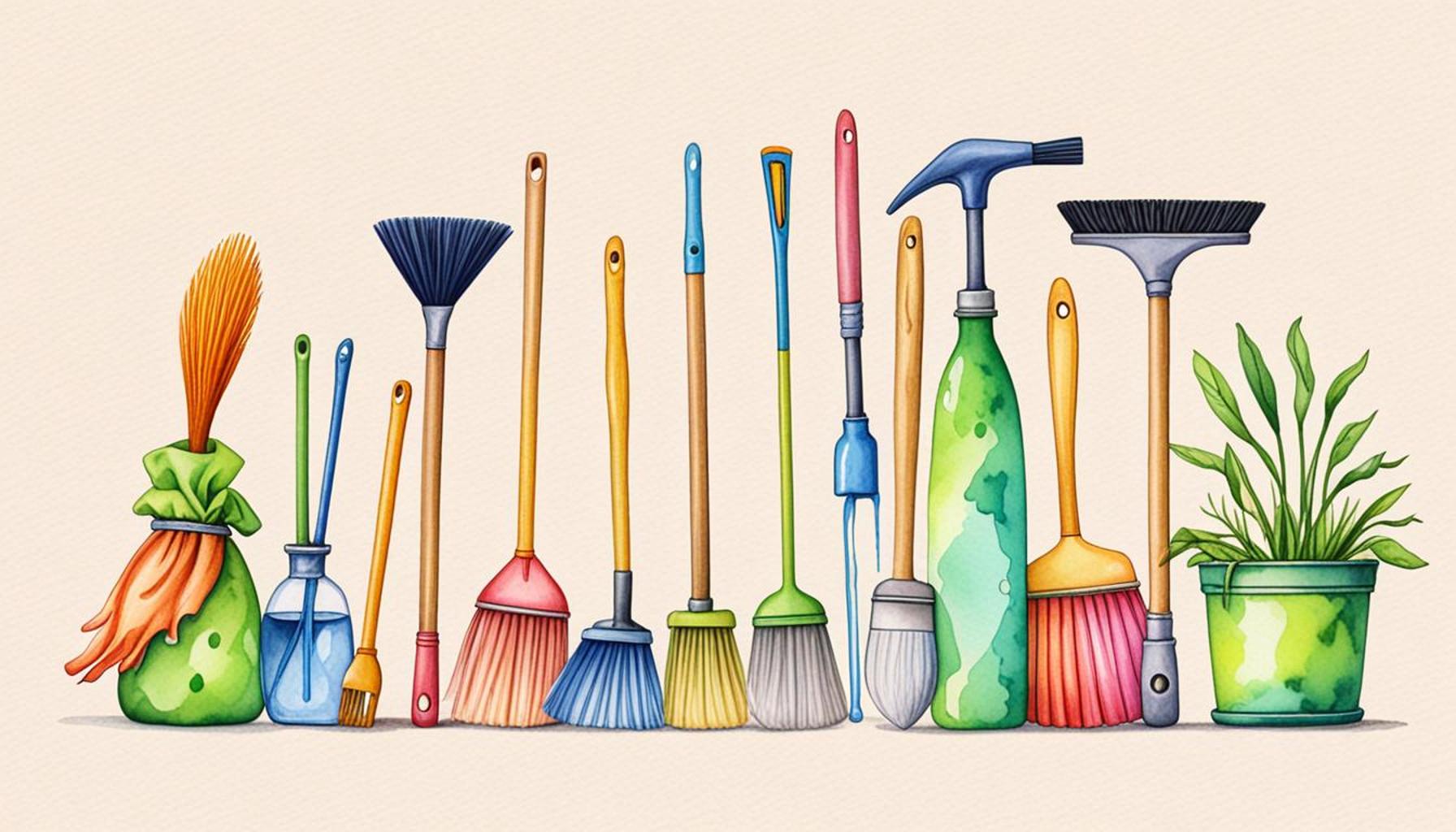
Making the Switch to Sustainable Cleaning Solutions
In recent years, the conversation surrounding plastic waste has reached critical mass, leading many consumers to rethink their everyday habits. One area where change is particularly impactful is in the realm of cleaning tools. By switching to eco-friendly cleaning tools, individuals can significantly reduce their personal contribution to plastic pollution while promoting a healthier planet.
As awareness grows, more people are exploring sustainable alternatives that are not only efficient but also beneficial for the Earth. The U.S. generates approximately 292.4 million tons of municipal solid waste a year, with plastic making up a substantial portion of that waste. By making simple modifications to our cleaning routines, we can play a pivotal role in lowering this number.
Common Plastic Cleaning Tools and Their Sustainable Alternatives
Let’s delve into some frequently used cleaning tools that often find their way to landfills:
- Plastic sponges ➜ Instead of conventional synthetic sponges, consider natural loofahs, which are derived from the fibrous interior of the loofah gourd. These sponges are not only biodegradable but also offer a gentle scrubbing surface. Alternatively, biodegradable cellulose sponges made from natural fibers break down much faster in landfills compared to plastic sponges.
- Plastic brushes ➜ Traditional cleaning brushes often contain plastics that can take centuries to decompose. As a sustainable alternative, bamboo brushes are gaining popularity. Bamboo is a fast-growing resource that is both durable and biodegradable, contributing to a lower environmental footprint. Some brushes even incorporate recycled plastics into their design, giving old materials a second life.
- Disposable cleaning wipes ➜ These convenient products are often laden with plastics and contribute massively to landfill overflow. Instead, consider transitioning to washable cotton cloths or reusable microfiber alternatives, which are not only more sustainable but also can significantly cut down your cleaning expenses over time.
These alternatives may seem small in the grand scope of environmental issues, but they represent a larger shift towards sustainability. With every switch, consumers contribute to a growing movement towards environmental consciousness, encouraging fellow shoppers to rethink their purchasing patterns and embrace greener options.
As you explore these sustainable alternatives, it’s essential to remember that every change counts. Even minor adjustments in your daily routine can lead to a collective impact that promotes a healthier planet. This guide aims to empower you with knowledge about the diverse range of eco-friendly cleaning tools available, inspiring you to make informed, thoughtful choices as you transition towards a more sustainable lifestyle.
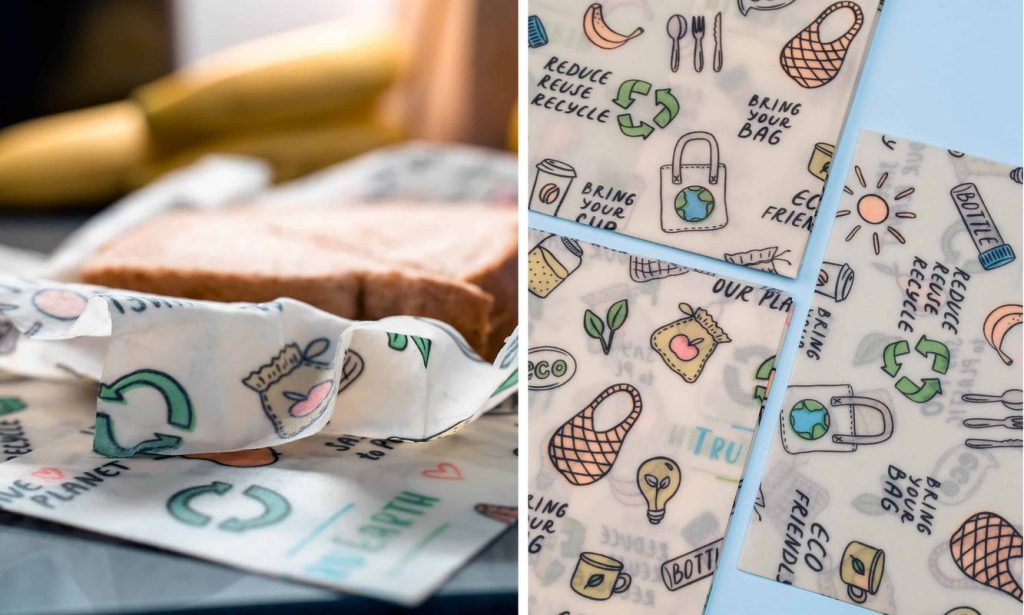
SEE ALSO: Click here to read another article
Transforming Your Cleaning Routine: Insightful Swaps
In our pursuit of greener options, it’s important to understand the environmental implications of commonly used plastic cleaning tools. With the U.S. being one of the largest consumers of plastic in the world, the familiar cleaning supplies found in households can contribute significantly to environmental degradation. By opting for sustainable alternatives, individuals play a vital role in reducing plastic waste and fostering a positive change. Here are some additional eco-friendly swaps to consider:
- Plastic vacuum cleaner bags ➜ Many traditional vacuum cleaners require replaceable plastic bags that contribute to landfill waste. Switch to a bagless vacuum cleaner or a model that utilizes reusable cloth filters. These options not only eliminate the need for single-use bags but also capture dust and allergens more effectively, enhancing indoor air quality.
- Chemical-laden air fresheners ➜ While air fresheners may mask odors, they often contain microplastics and harmful chemicals that can detrimentally affect both your health and the environment. Instead, consider using natural essential oils combined with water in a spray bottle or investing in eco-friendly candles made from soy or beeswax that provide fresh scents without the unwanted toxins.
- Plastic trash bags ➜ Standard plastic garbage bags can persist for hundreds of years in landfills, and many are not recyclable. A more sustainable choice includes biodegradable trash bags, which break down more quickly in landfills and are made from natural materials. Additionally, repurposing old fabric or newspaper as trash liners is not only creative but also environmentally beneficial.
Each of these alternatives not only minimizes plastic use but also enhances the cleaning experience without compromising on effectiveness. As these eco-friendly options become more widely available, exploring them does not merely stop at the purchase stage; it influences broader consumer patterns that propel environmental responsibility.
Furthermore, many of these sustainable products are crafted from renewable resources and are designed to last longer, ensuring that their effective use supplants the need for continual repurchasing of disposable items. Choosing eco-friendly cleaning tools creates a ripple effect, inspiring others to join in the movement towards reduced plastic consumption. There is a clear connection between our choices and the greater environmental impact, making each swap a meaningful step towards sustainability.
As you embark on this journey of exploring eco-friendly cleaning tools, remember that transition doesn’t need to happen overnight. It’s about gradual changes that bring about lasting habits. By making small, conscious decisions today, we can contribute to a cleaner environment for tomorrow. With this understanding, let’s continue to discuss how to further minimize our reliance on plastic by adopting other green practices in our cleaning regime.
| Eco-Friendly Alternative | Benefits |
|---|---|
| Bamboo Toothbrush | Made from a renewable resource, bamboo toothbrushes reduce plastic waste and are biodegradable. |
| Compostable Sponges | Biodegradable and chemical-free, these sponges break down in compost unlike traditional synthetic sponges. |
| Reusable Silicone Cleaning Pads | Durable, washable, and long-lasting, these pads replace single-use cleaning wipes without sacrificing cleanliness. |
| Glass Spray Bottles | Eliminating plastic waste, glass bottles are refillable, durable, and better for both health and the environment. |
The push toward eco-friendly swaps is gaining traction among consumers looking for sustainable alternatives to plastic cleaning tools. This transition not only helps in reducing landfill waste but also promotes a healthier living environment, free from harmful chemicals often found in traditional cleaning products. Each swap represents a step toward sustainability, encouraging individuals to reconsider their daily habits and opt for products that align with a greener future.For example, switching to bamboo toothbrushes significantly cuts down on the plastic waste associated with oral hygiene. Similarly, compostable sponges can replace their synthetic counterparts, further contributing to a sustainable lifestyle. The support for these alternatives is not only evident in consumer behavior but also in the growing market that prioritizes eco-conscious products. Embracing these swaps positions individuals at the forefront of the movement towards a cleaner, more sustainable planet, inspiring others to follow suit.
CHECK OUT: Click here to explore more
Innovative Alternatives for a Greener Clean
As we delve deeper into sustainable cleaning, it becomes increasingly clear that the shift from plastic tools isn’t just beneficial—it’s essential. From mops to scrubbing pads, there are various eco-friendly options that enhance your cleaning routine while minimizing negative environmental impacts. Embracing these innovations can provide effective cleaning solutions without contributing to plastic pollution.
- Disposable paper towels ➜ Conventional paper towels are typically made from virgin wood pulp and are not recyclable. Instead, consider reusable microfiber cloths. These cloths are not only highly effective at trapping dust and dirt but are also washable, reducing waste and saving money in the long run. Some brands even offer products made from recycled materials, emphasizing sustainability in their production methods.
- Plastic scrubbing pads ➜ Standard scrubbing pads have a short lifespan and are primarily made from synthetic fibers. A healthier and more eco-conscious alternative is natural fiber scrubbers, such as those made from coconut husks or loofah. These alternatives are biodegradable, perform well in scrubbing tough stains, and decompose naturally once discarded.
- Spray bottles ➜ Many commercially sold cleaning solutions are packaged in plastic spray bottles, which are often not recycled. Opt for a glass spray bottle that you can refill with homemade or concentrated cleaning solutions. This not only reduces your plastic footprint but also allows you to control the ingredients used for cleaning, leading to a healthier home environment.
- Conventional broom and dustpan ➜ Traditional brooms made of plastic bristles fall short in terms of sustainability. By choosing a broom with natural bristles, such as those made from straw or sisal, you contribute to reducing reliance on fossil-fuel-based materials. Pair this with a metal dustpan to enhance durability and recyclability.
Understanding the importance of source materials used in cleaning tools is crucial. Many eco-friendly products are crafted from sustainable resources like bamboo or recycled plastics. Bamboo, in particular, is rapidly renewable, growing at a remarkable rate that allows it to regenerate quickly compared to conventional hardwoods. For instance, a bamboo toilet brush not only serves a functional purpose but also showcases eco-consciousness and style in your bathroom.
Another emerging trend is the use of plant-based compostable sponges. These sponges are made from natural ingredients such as cellulose and can decompose within weeks of disposal, as opposed to traditional sponges which can take hundreds of years to break down in landfills. This swap represents an essential leap towards reducing plastic waste.
The rise of eco-friendly brands in the cleaning supplies space is notable, with many companies committing to zero-waste production processes and refillable systems. With increased awareness and consumer demand for less harmful alternatives, the market is becoming more receptive to sustainable innovations. Utilizing these options not only aids in reducing household waste but can also encourage others within your community to be mindful of their consumption patterns.
Exploring these eco-friendly swaps does not just present immediate advantages for your household; it contributes to the broader narrative of sustainability. By integrating these innovative alternatives into your cleaning routine, you champion a more responsible lifestyle that respects both environmental and public health.
CHECK OUT: Click here to explore more
Conclusion: Embracing a Cleaner Future
In a world increasingly aware of the devastating impacts of plastic pollution, the switch to eco-friendly swaps and sustainable alternatives for cleaning tools becomes not only a choice but a necessity. This transition is vital not only for environmental conservation but also for cultivating a healthier living space. By incorporating reusable microfiber cloths, natural fiber scrubbers, and bamboo products into our cleaning routines, we take significant strides towards diminishing our reliance on single-use plastics.
The benefits extend beyond reducing waste; they promote a cycle of responsible consumption and community awareness. Utilizing plant-based compostable sponges and opting for refillable packaging not only lowers our carbon footprint but also inspires those around us to reconsider their choices. As we embrace the rise of green brands committed to sustainable practices, we pave the way for a market that prioritizes health and environmental stewardship.
Moreover, it’s essential to recognize that every small action counts. Simple changes can create a ripple effect, influencing broader societal habits towards sustainability. The progress in eco-friendly cleaning products, driven by consumer demand, showcases the power of conscious choices. As we move forward, let’s advocate for a future where plastic alternatives are the norm rather than the exception. The path to a cleaner planet begins at home—improving lives, fostering health, and protecting the environment for future generations.

